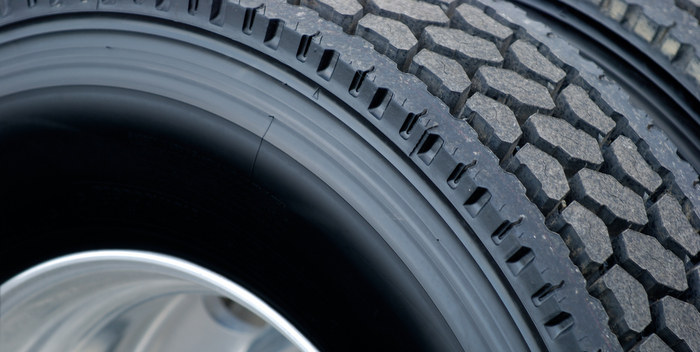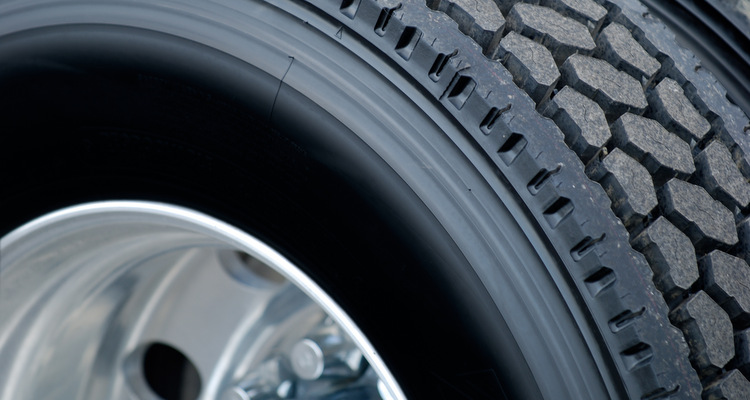Tire sealants: Some sticky issues
Tire sealants designed to stop inflation loss from punctures and other casing injuries have been around for a long time. Traditionally, widespread uses have been concentrated in abusive (to tires) service conditions, such as mining, off-road construction, certain agricultural equipment, and similar mixed service (on/off road) applications. Most sealants are made up using a viscous

Defining truck tire underinflation
Defining underinflation seems like a simple enough question, and it actually is simple if we’re talking solely about passenger cars or light-duty trucks. The answer for these vehicles is easily found in the owners manual under the alphabetical index labeled “tires.” Easier yet, all new cars/light trucks manufactured in the last three or four decades

Rolling as part of a system
Recently, while discussing radial truck tire performance with several seasoned industry veterans, a valid and useful point was raised. Several decades ago, many truck tire problems used to be finally diagnosed as simply that “tire problems.” This is less the case in recent years. Tire performance is best understood and more expediently diagnosed when considered

Tire selection for 6X4 vs. 6X2 power units
Tire selection is about to become more complex. Commercial truck tires have evolved to be axle specific, and in nearly all Class 4 to 8 applications, have become service condition-specific.
Updated thoughts on early tire removals
There’s big money to be saved by keeping tires in service until their full treadlife is realized.
Truck tire inflation: clearing the air
It’s common knowledge in our industry that all tire guys preach the benefits of maintaining proper truck tire inflation.
Proper tire storage
What do tires and mushrooms have in common? Cool, dark and dry conditions are always preferred for storage.
Truck tires and fuel, a complex relationship
The real life fuel efficiency of new truck tires is typically quantified by rolling resistance, the amount of power/energy required to push the tire down the road under a given load, inflation and speed conditions.
Inflated values, airing for returns
From retreading to maintenance and inspections, what must fleets do to improve profitability when it comes to tires?
Time is money for fleet tire programs
Time savings should be quantified and calculated into a fleet’s cost/benefit analysis for a tire pressure monitoring system.
Cost per mile defined
When comparing alternatives using tire cost per mile specifics, the key is to determine the exact factors to be included or excluded from the calculation.
TPMS: take time to know the options
In a government-sponsored field study involving two major fleets operating their normal routes and loads over approximately one and a half years, both fleets experienced a fuel economy improvement of 1.4% for TPMS-fitted trucks.
